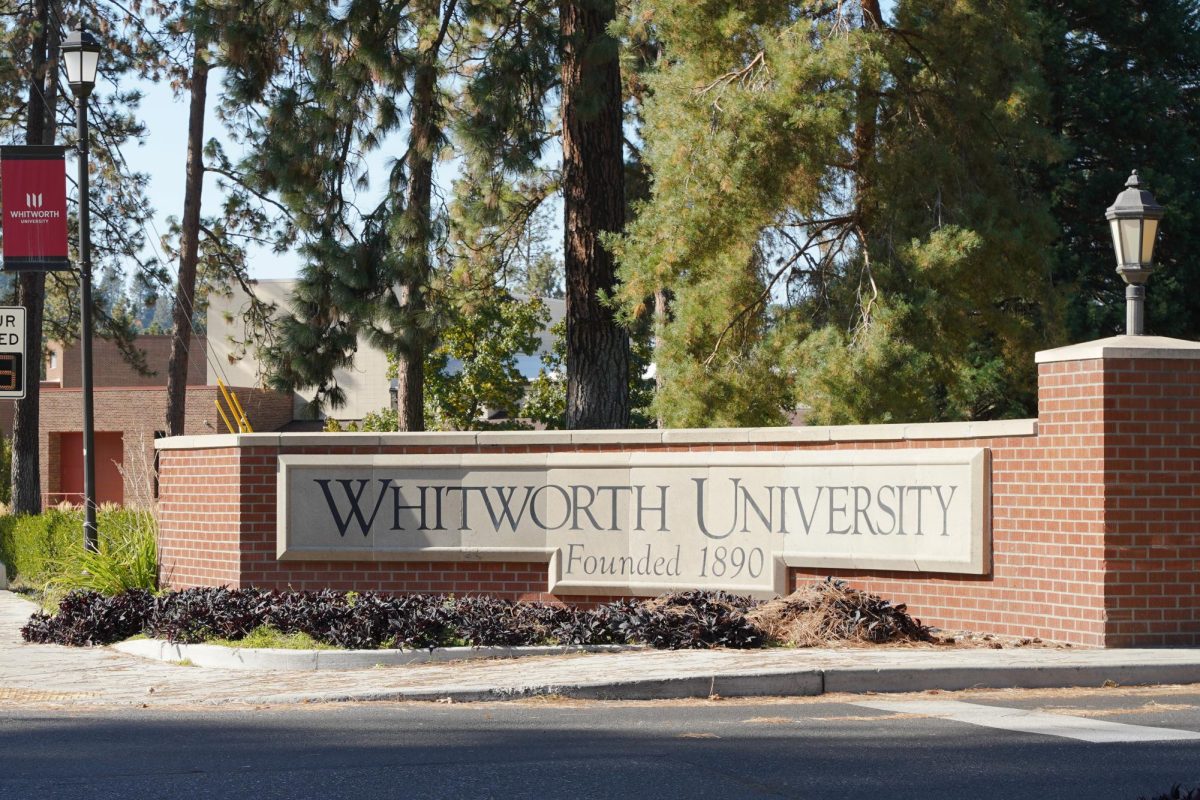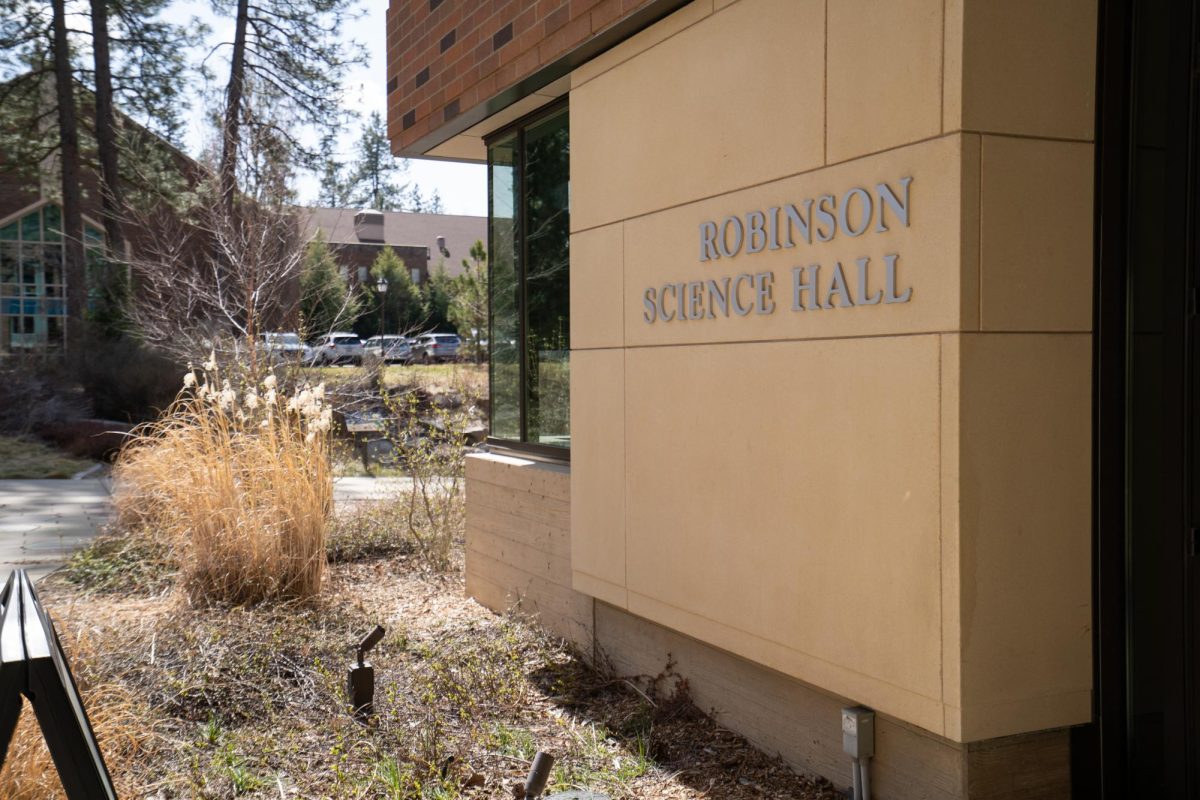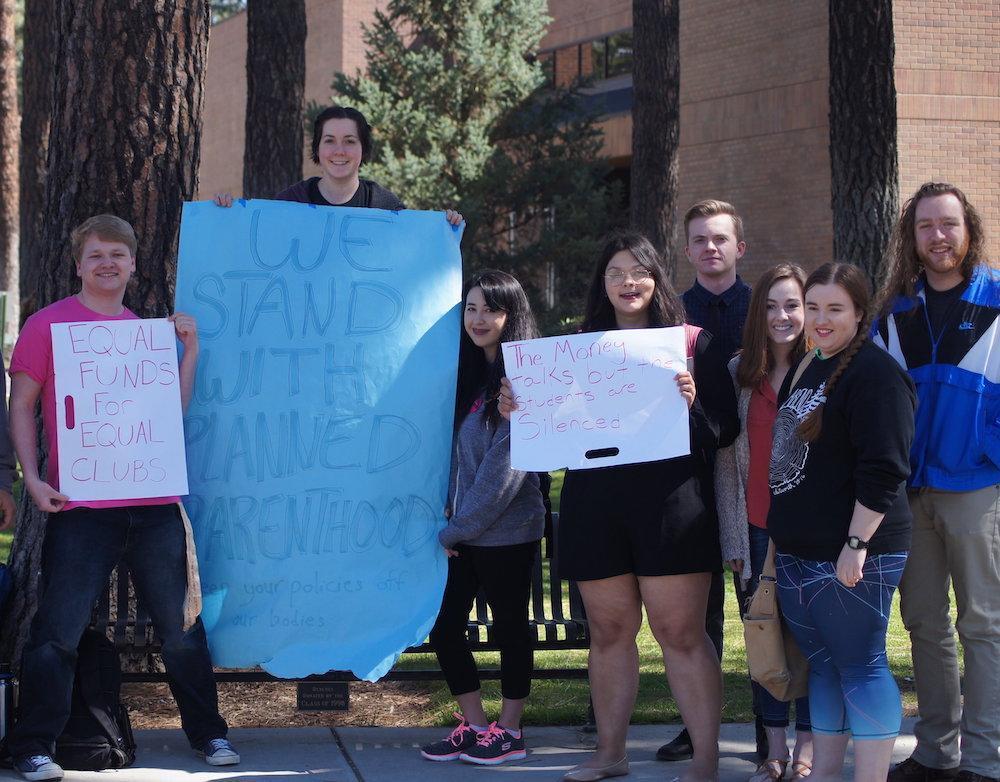Due to financial concerns the Budget Rationalization and Prioritization Steering Committee has drafted a recommendation for reduced cost and added revenue to generate $3.86 million in savings over the next three fiscal years.
“I think we have a very high comfort level that $3 million dollars can be achieved,” vice president of finance Larry Probus said.
As of now, all information released in drafts by the committee is pending further review of the final report by President Beck Taylor. Chair of the committee Carol Simon was appointed by Taylor to oversee the process.
“Across the curriculum, what we’re looking for is ways to continue to deliver a high quality program at less expense,” Simon said.
We’re a tuition-driven institution so when we don’t hit our enrollment goals, there are financial pressures as a result.”
— Greg Orwig | vice president for admissions
The budget review process was necessary in order to keep tuition costs from increasing at a higher rate, Simon said.
“We’re not expecting that tuition can stay the same,” Simon said. “What we think is that it won’t be increasing as fast as it would have without the process.”
Another reason the budget review was necessary is due to the financial burden of having no more increases in tuition revenue. Vice president for admissions Greg Orwig said that as stabilizing enrollment is part of the 2021 strategic plan, the university is not receiving revenue from enrollment growth.
“We’re a tuition-driven institution, so when we don’t hit our enrollment goals, there are financial pressures that result,” Orwig said.
The process of reviewing the budget has been primarily overseen by three groups. The Academic Program Prioritization Task Force and Revenue Enhancement Task Force researched areas in which costs could be reduced and new revenue could be added. Those two groups then made recommendations to the Budget Rationalization and Prioritization Steering Committee.
That committee has also been receiving recommendations from the Whitworth community via a SharePoint, a program students can access through Pirate Port. A draft of the preliminary report has been released to students, as well as a PowerPoint presentation, which can be found on the SharePoint site.
After receiving input on their recommendations, the committee will finalize their report and make recommendations to be reviewed by Taylor. All recommendations were made in accordance with a goals and values document that emphasized the academic and spiritual well-being of the university as well as its financial well-being, Simon said.
What we think is that [tuition] won’t be increasing as fast as it would have without the process.”
— Carol Simon | executive vice president
As of now, the only program in the draft recommended to be cut is the Community Transformation Minor, Simon said. Several other programs are recommended in the preliminary report to be “restructured.”
Some programs in the report are recommended to be monitored and have been encouraged to find ways to reduce their expenses, Orwig said.
The proposed additions in revenue over the next three years comprise $1.97 million of the goal. New net revenue in academic areas include new or growing graduate certificate programs, creating “magnet” undergraduate programs and expanding markets through alternative modes. New net revenue in non-academic areas includes recruitment for a new sport, increasing dorm occupancy and changing fees.
The proposed budget cuts over the next three years make up $1.89 million of the goal, which includes operations, infrastructure and personnel expense reduction.
One of the larger contributions to expense reduction has been the Voluntary Separation Incentive Program, which allowed 30 faculty and staff to voluntarily leave, creating approximately $900,000 in cost reduction, Orwig said.
The VSIP also served as to make it so, “no budget-related involuntary separations are anticipated for staff and regular faculty in fiscal year 2018,” according to the draft recommendation.
In the future, there may be an additional cost to students in order to reach the goal. January term may incur a $300 student fee, if that measure is deemed necessary when the committee is making its final recommendations.
This is in the interest of fairness, because many students who take Jan Term off end up paying for the cost of it as well as students who do take classes during Jan Term, Orwig said. He also said that the fee would be a better alternative to larger increases in tuition. Another change that may come in the future is dropping the credit overload limit to 16 credits.
The PowerPoint presentation contains a list comparing Whitworth’s credit load ceiling to other universities and showing that Whitworth’s percentage of credits that can be earned in three years without an overload charge is already higher than most.
The tentative next step, according to the budget prioritization PowerPoint, will be for the committee to get input from the university council on Feb. 15. Then the committee will finalize their report and submit it to President Taylor.
ASWU and COVAC will discuss the report and submit comments to Taylor around Feb. 20. Taylor will then give an update on how close he is to final decisions based on the reports at the faculty assembly on Feb. 27 and at staff coffee on Feb. 28.
If students have questions, comments or concerns, they may contact members of the committee directly, talk to ASWU representatives or submit their responses through the SharePoint site.
Contact Emily Goodell at egoodell18@my.whitworth.edu.












 Spokane?
Spokane?